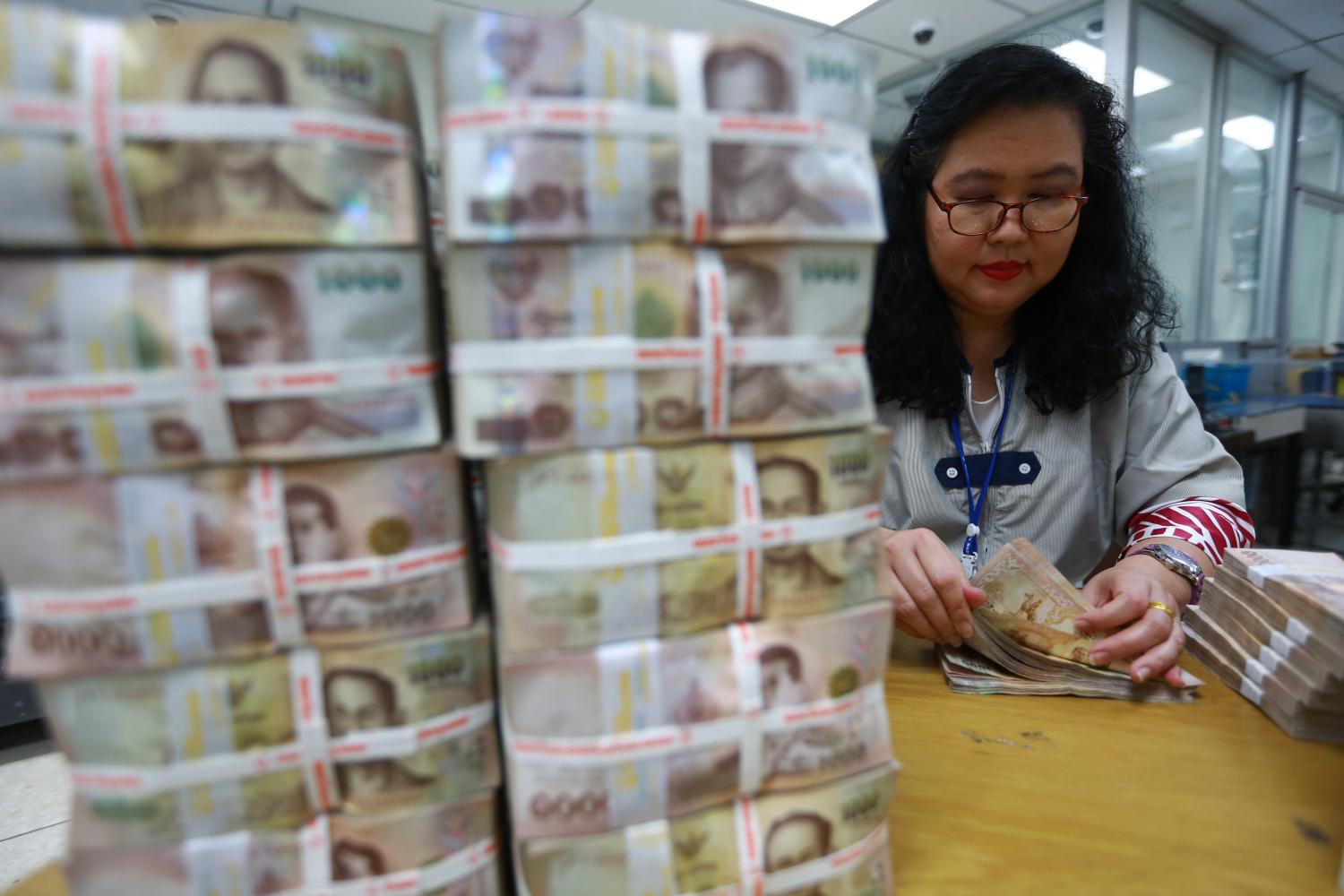
The Federation of Thai Industries (FTI) is closely monitoring the foreign exchange rate after the baht recently fell to its weakest value in 14 months at 32.29 baht to the US dollar, although this benefits Thai exporters.
The baht is expected to remain weak in the short term because the US Federal Reserve is likely to raise its policy interest rate earlier than projected in 2022 and 2023.
Kriengkrai Thiennukul, vice-chairman of FTI, said the baht, which has depreciated faster than other currencies in Asean, tends to fall to between 32.50-32.65 to the dollar.
"The baht's depreciation is good for some businesses and bad for others. The volatility can happen so fast that businesses cannot deal with changes," he said.
US economic recovery when Thailand is struggling to vaccinate its population and restore the economy are factors making the Thai currency weak.
The FTI expects the baht to fall to 33 baht to the dollar and remain weak until 2022.
Surapong Paisitpatanapong, vice-chairman and spokesman for FTI's automotive club, blamed the third wave of the pandemic for the weakening baht.
"But the export sector will benefit from the baht's depreciation as export values will grow," he said.
The club has not changed its 2021 target for car production in Thailand, expected to be 1.5 million units, half of which will be exported.
"Lockdown measures in 10 provinces will have no impact on the automotive industry, so we don't need to change the target," he said.
The Joint Standing Committee on Commerce, Industry, and Banking earlier raised its export growth forecast to 8% to 10% this year from 5% to 7% due to better-than-expected global demand but cited infections at factories as a risk.